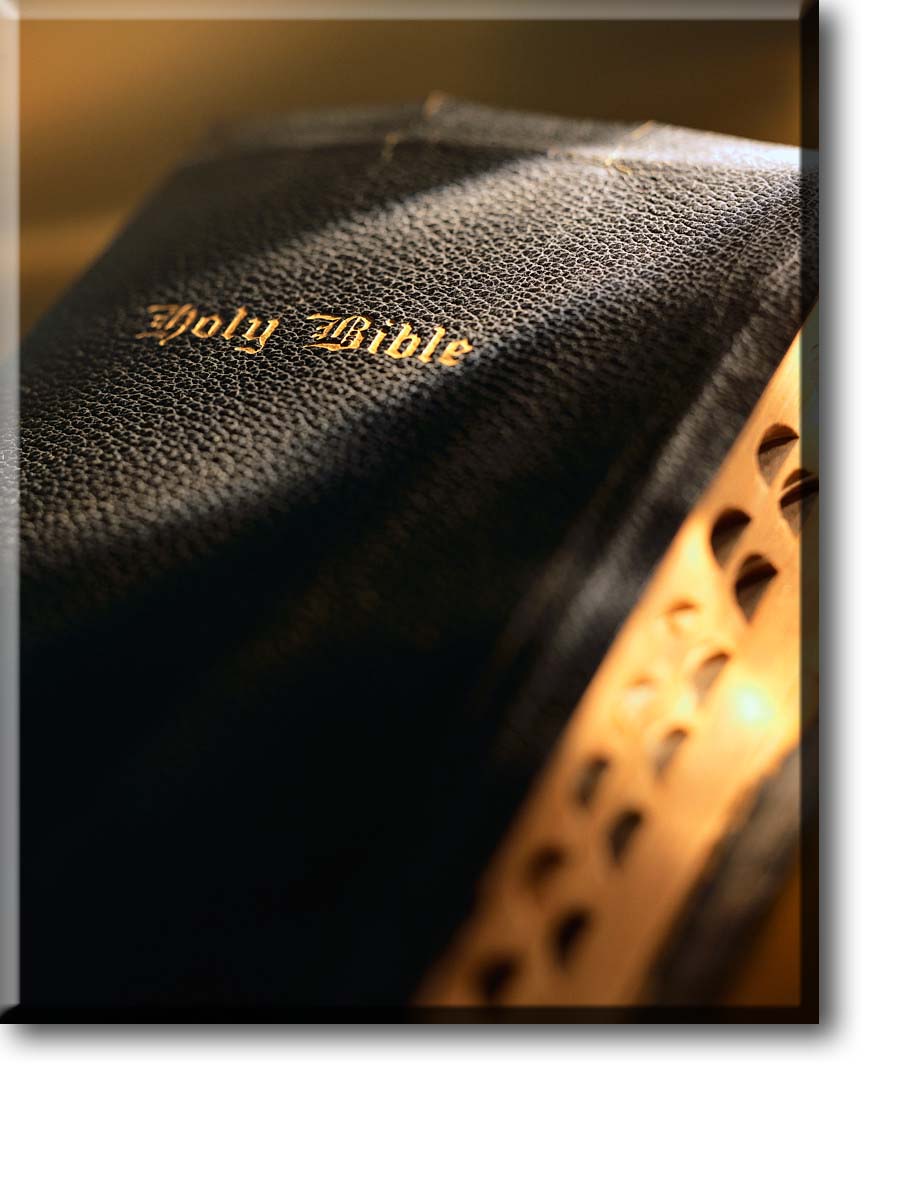

339) disapproved of portrayals in images of Jesus. ĭuring the persecution of Christians under the Roman Empire, Christian art was necessarily furtive and ambiguous, and there was hostility to idols in a group still with a large component of members with Jewish origins, surrounded by, and polemicising against, sophisticated pagan images of gods. But attitudes towards the interpretation of this Commandment changed through the centuries, in that while first-century rabbis in Judea objected violently to the depiction of human figures and placement of statues in Temples, third-century Babylonian Jews had different views and while no figural art from first-century Roman Judea exists, the art on the Dura synagogue walls developed with no objection from the Rabbis early in the third century. Third-century fresco from the Catacomb of Callixtus of Christ as the Good Shepherd.Įxodus 20:4–6 " Thou shalt not make unto thee any graven image" is one of the Ten Commandments and made Jewish depictions of first-century individuals a scarcity. Use in art of the Revelation description of Jesus has generally been restricted to illustrations of the book itself, and nothing in the scripture confirms the spiritual form's resemblance to the physical form Jesus took in his life on Earth. His feet were like burnt bronze glowing in a furnace (.) His face was like the sun shining in all its brilliance" (Revelation 1:12–16, NIV). The hair on his head were white like wool, and his eyes were like blazing fire. In the Book of Revelation there is a vision the author had of "someone like a Son of Man" in spirit form: "dressed in a robe reaching down to his feet and with a golden sash around his chest. In the Acts of the Apostles, Jesus is said to have manifested as a "light from heaven" that temporarily blinded the Apostle Paul, but no specific form is given. Plaster cast with added colour.Įxcept for Jesus wearing tzitzit-the tassels on a tallit-in Matthew 14:36 and Luke 8:43–44, there is no physical description of Jesus contained in any of the canonical Gospels. Incised sarcophagus slab with the Adoration of the Magi from the Catacombs of Rome, 3rd century. Due to their understanding of the second of the Ten Commandments, most Evangelical Protestants still avoid displaying representations of Jesus in their places of worship. In the 16th-century Protestant Reformation, the followers of John Calvin in particular saw images of Christ as idolatrous and enforced their removal.
Pictures of a bible full#
Later, in the Eastern church, Byzantine iconoclasm banned and destroyed images of Christ for a period, before they returned in full strength.

The representation of Jesus was controversial in the early period the regional Synod of Elvira in Spain in 306 states in its 36th canon that no images should be in churches. The Shroud of Turin is now the best-known example, though the Image of Edessa and the Veil of Veronica were better known in medieval times. Beliefs that certain images are historically authentic, or have acquired an authoritative status from Church tradition, remain powerful among some of the faithful, in Eastern Orthodoxy, Anglicanism, and Roman Catholicism. Images of Jesus tend to show ethnic characteristics similar to those of the culture in which the image has been created. It has always had the advantage of being easily recognizable, and distinguishing Jesus from other figures shown around him, which the use of a cruciform halo also achieves. The conventional image of a fully bearded Jesus with long hair emerged around AD 300, but did not become established until the 6th century in Eastern Christianity, and much later in the West. Most images of Jesus have in common a number of traits which are now almost universally associated with Jesus, although variants are seen. It took several centuries to reach a conventional standardized form for his physical appearance, which has subsequently remained largely stable since that time. The depiction of Jesus in pictorial form dates back to early Christian art and architecture, as aniconism in Christianity was rejected within the ante-Nicene period.


 0 kommentar(er)
0 kommentar(er)
